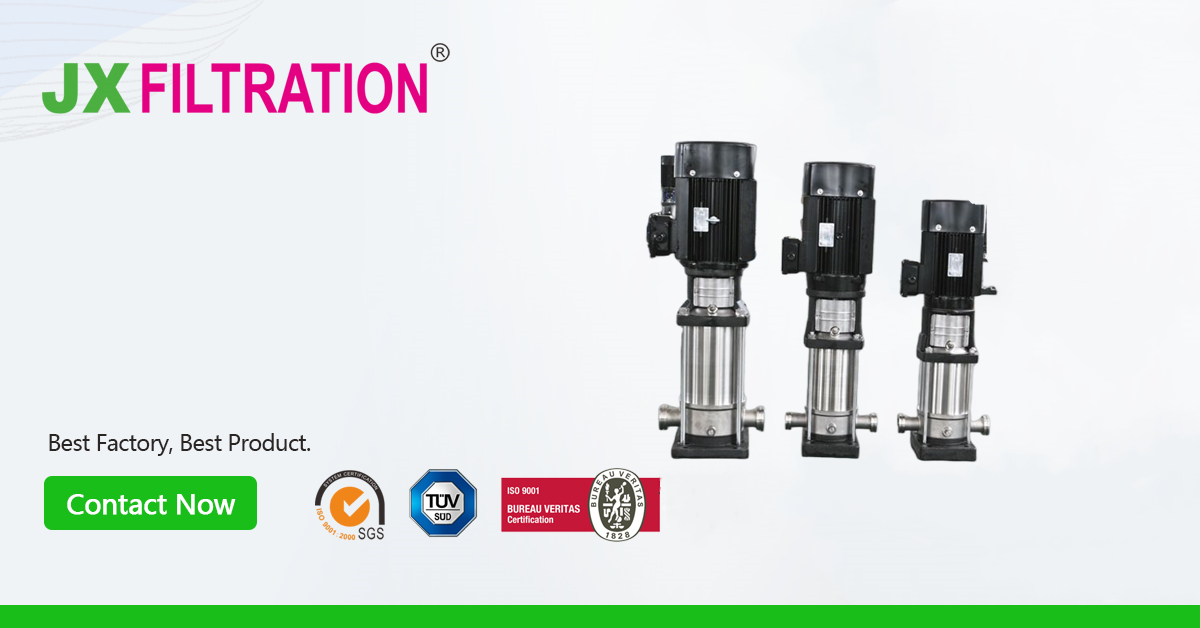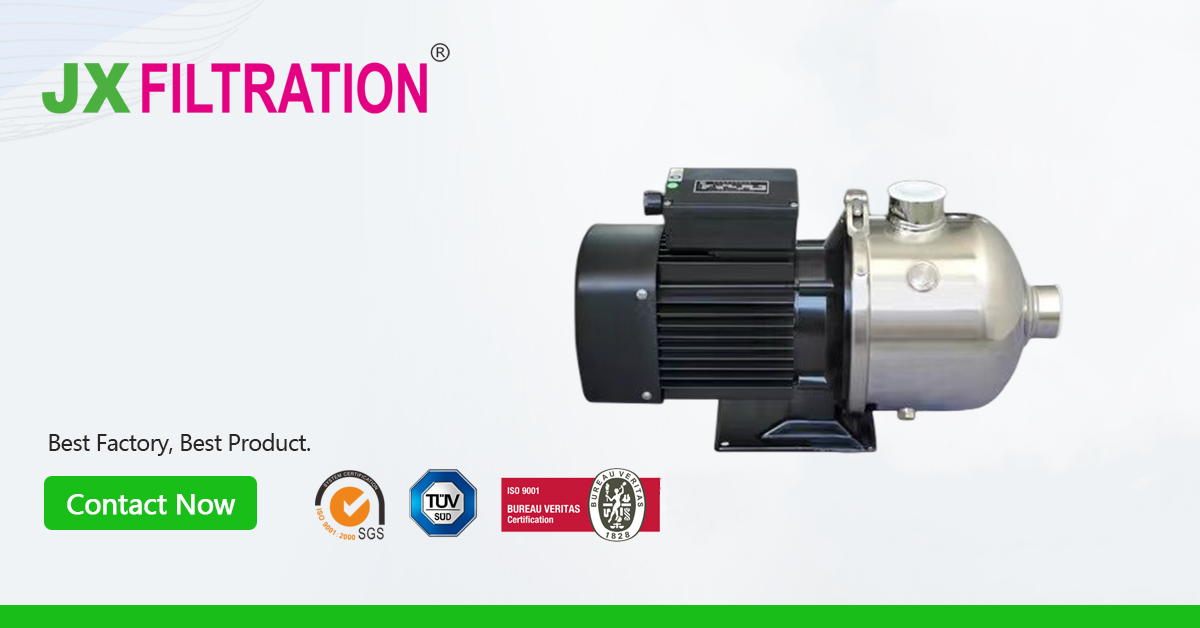What is the Difference between Vertical Pump and Horizontal Pump?
As the core equipment for conveying and lifting, pumps are ubiquitous in water treatment projects.
The principles of pumps are diverse and there are many types.

Difference between Vertical Pump and Horizontal Pump
- Connection: Vertical pumps are superimposed and connected from bottom to top. Horizontal pumps are arranged on the base vertically. Vertical pumps are commonly called pipeline pumps such as vertical pipeline centrifugal pumps.
The motor and the pump body are sub-port connection. The horizontal pump is connected to the motor by a coupling, and needs to be aligned regularly. - Occupied space: The vertical pump occupies a small area while the horizontal pump occupies a large area.
The vertical pump is not necessary to lay the foundation while the horizontal pump set has a base and needs to lay the foundation. - Maintenance difficulty: Vertical pumps are difficult to maintain. For example, the upper part of the impeller must be removed before the impeller is repaired. While the horizontal pump is relatively easy, such as the IS pump, which can be repaired by removing the inlet pipe.
- Installation: The vertical pump is integrally connected, which is easy to install. While the horizontal pump needs to be adjusted for accuracy after installation.

In general, horizontal pumps are often used, but in the following situations, vertical pumps are required:
- In places where the water level fluctuates greatly, the pump should be installed at a low water level. In this case, the vertical type can be used to reduce the area of the pump station, civil works and infrastructure investment. Large single-suction centrifugal pumps and axial flow pumps are mostly vertical.
- Suction deeper groundwater. For liquids such as petroleum or brine, vertical deep-well pumps are required.
- Another reason why large single-suction pumps are vertical is that water-lubricated bearings with a simple structure can be used. At this time, the load of water-lubricated bearings is small, and the wear is light to increase bearing life.
- Certain high-pressure and small-flow pumps are prone to unstable operation due to the large number of stages and the slender shaft of the pump. One of the measures to change this situation is to use a vertical pump and subject the pump bearing to a certain amount of tension.
- Using potential energy to increase the cavitation margin at the impeller inlet, the pump puts the first-stage impeller inlet at the lowest position during use, such as a vertical condensate pump.
- The footprint of the pump is limited, such as marine pumps.
Any requirements, contact us now!
Grace
Email:grace@filtrationchina.com
Mobile/Whatsapp/WeChat:+86 17269571160

